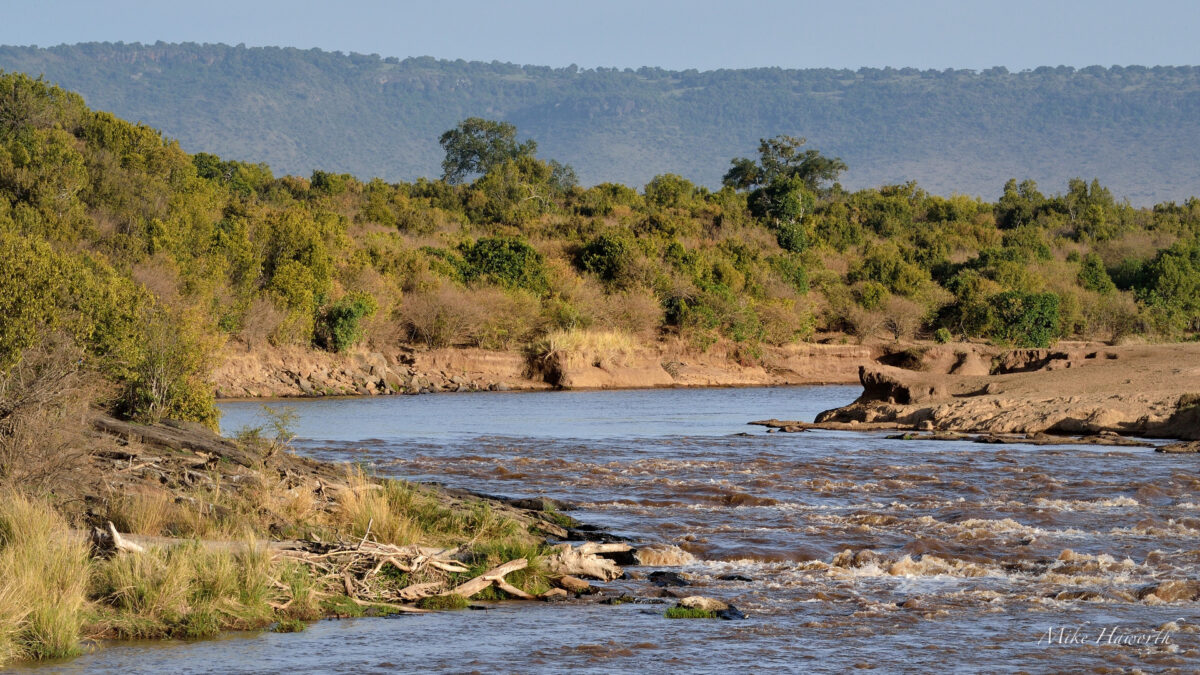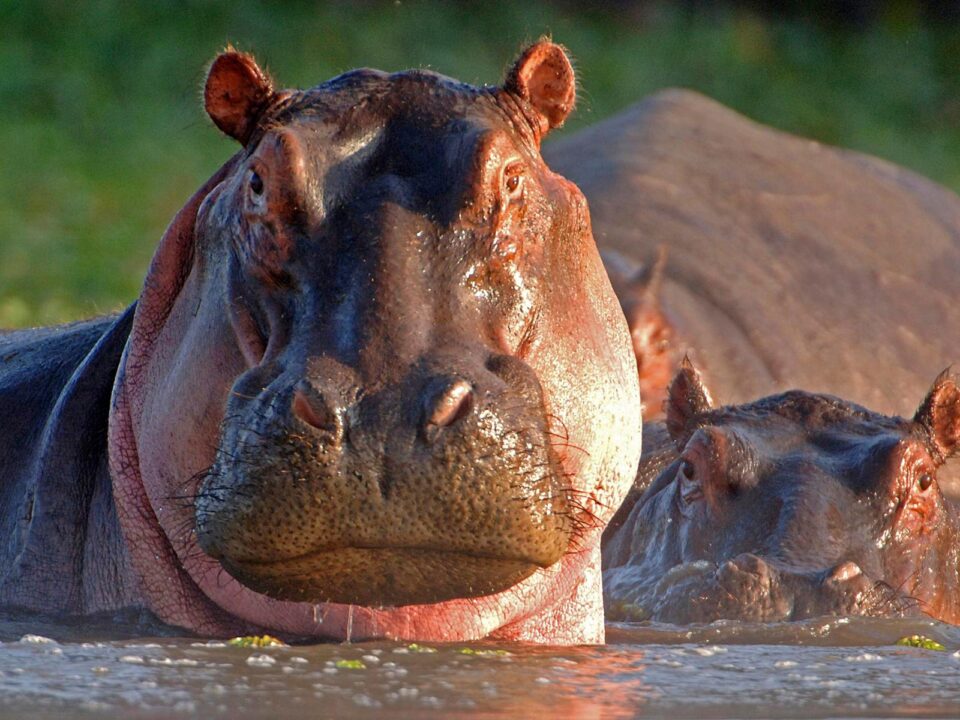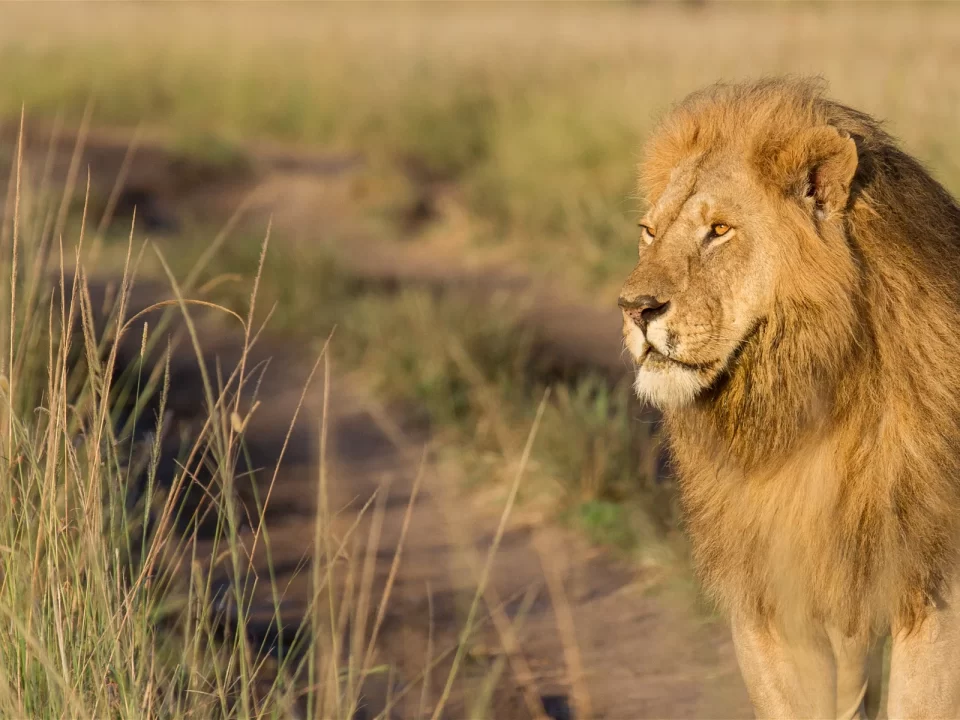Mara River in Kenya-Tanzania

Nasera Rock in Ngorongoro Crater, Tanzania
December 12, 2023
Lake Natron in Serengeti, Tanzania
December 12, 2023Mara River: The Lifeline of the Great Wildebeest Migration across Kenya and Tanzania
The Mara River, flowing through the heart of Kenya and Tanzania, is the epicenter of one of the world’s most celebrated natural phenomena—the great wildebeest migration. The captivating spectacle hinges entirely on the dynamic and naturally functioning Mara River Basin. Beyond being a mere geographical feature, the Mara River embodies the essence of life for Kenya and Tanzania, providing sustenance to their economy and society.
The significance of the Mara River Basin extends far beyond its role in the wildebeest migration. Despite being home to only a small fraction of the population—1.4% in Kenya and 0.7% in Tanzania—the basin underpins some of the most lucrative economic activities in both countries. Tourism, agriculture, and mining, collectively contributing between 10-15% to the GDP of Kenya and Tanzania, thrive within the embrace of the Mara River Basin.
However, the delicate equilibrium of this vital ecosystem is under imminent threat. The risks are multifaceted, ranging from land-use alterations in the upper catchment to pollution in the river system and the development of infrastructure, such as dams, hydropower, and irrigation. These factors pose challenges to the natural ebb and flow of the river.
Climate change adds another layer of uncertainty to the future of the Mara River Basin. Extreme weather events and hydrological variability are emerging as major risks that could jeopardize the ecosystems supporting the economy and society of Tanzania and Kenya.
The basin experiences an average population growth of approximately 3%, leading to heightened demands on its natural resources. This surge has resulted in expanding agricultural lands at the expense of the basin’s vital forests and grasslands. Deforestation, coupled with escalating water abstraction for livestock, agricultural irrigation, and industries, paints a grim picture for the basin’s ecological health.
Despite the Mara River’s modest size, relentless water abstractions threaten severe degradation to the riverine ecosystem. This degradation could compromise the fundamental needs of the communities along the river, impacting people, livestock, wildlife, and the broader economy of the basin.
Preserving a thriving Mara River necessitates a commitment to environmental flows. However, even this crucial element is under threat within the Mara River Basin. The concept of reserve flow, designed to maintain minimum standards, falters, particularly in drought years. This raises concerns, signaling a potential shift toward unacceptable alterations in the Mara River’s flow regime.
The conservation of a healthy, free-flowing Mara River stands paramount for Kenya and Tanzania across economic, social, cultural, and environmental dimensions. Any future developmental endeavors in the basin must tread consciously, recognizing that the uninterrupted flow of the Mara River is the lifeblood of the economy and society, constituting the Blue Heart of Kenya and Tanzania.
In a collective effort, stakeholders from every sector can play a pivotal role in steering the Mara River towards sustainable development, ensuring a harmonious balance amidst competing needs. The shared responsibility of each sector becomes the linchpin for the Mara’s future—a future where its vitality is preserved for generations to come.




